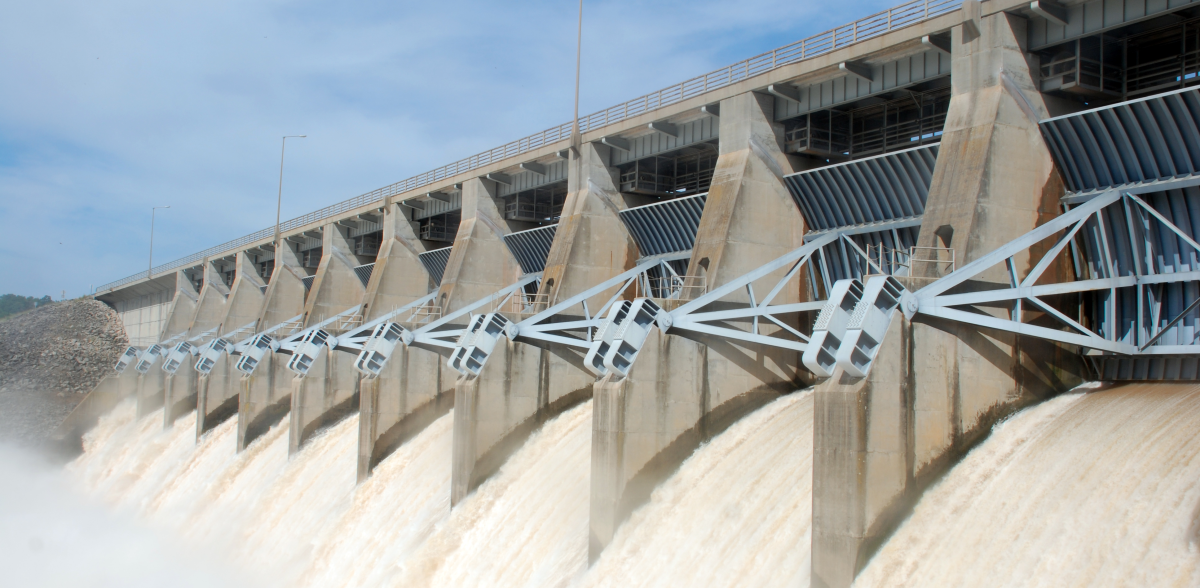
In late December 2004, the most-devastating tsunami in recorded history swept ashore in Sumatra, Indonesia, wiping entire communities off the map. A few months later, Hurricane Katrina flooded 80 percent of New Orleans, where levies were unable to hold back Lake Pontchartrain. In 2010, an earthquake in the Caribbean caused the deaths of more than 200,000 people in Haiti. These are just a few examples of the catastrophic natural disasters the world has witnessed in recent years.
Some of these events, we can see coming. Hurricane forecasting has greatly improved in recent decades, for instance. But with earthquakes, tsunamis, landslides, tornadoes — much work remains to better understand and predict the events and their consequences. In either case, how to harden our built environment to withstand nature’s fury or at least minimize the resulting human impacts remains a key objective.
Man-made disasters like war are another matter entirely, but their consequences are strikingly similar, and they pose the same kinds of engineering challenges: how and where do we rebuild? How do we design infrastructure and human systems that can revive a functioning society once the originating event has passed?
In the 21st century, our planet faces escalating devastation from all types of disasters. CEEatGT researchers are focused on key questions that will help our communities become more resilient in the wake of these events:
Our engineers are working to:
- Strengthen our communities to withstand nature’s fury, protecting lives and property.
- Create new systems and knowledge to help us bounce back from disasters, climate change and sea level rise.
- Build smart infrastructure systems that can guide response and recovery efforts to long-term environmental changes and deterioration.
- Improve how we forecast and assess natural disasters.
- Monitor and model global water, energy and greenhouse gas cycles to mitigate and manage future stresses to infrastructure systems.
- Understand the human psychology and decision-making processes to inform how we build resilience into our communities.
